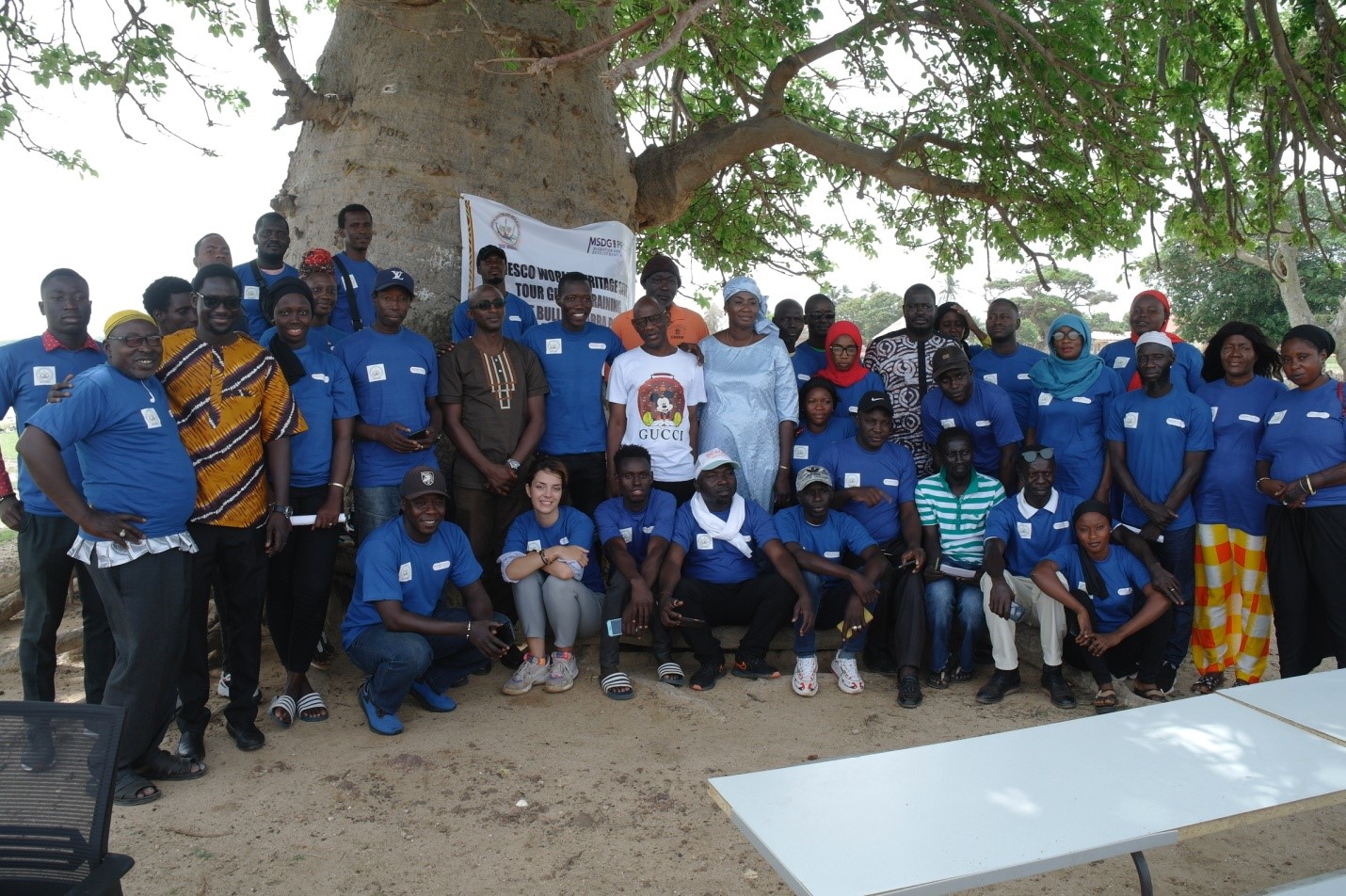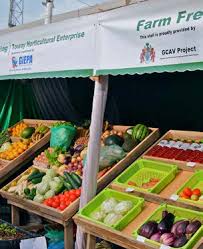By Yunus S Saliu
The National Centre for Arts and Culture (NCAC) in collaboration with the Migration and Sustainable Development in The Gambia Project (MSDG) Tuesday concluded two-day training on heritage interpretation and up-skill for the Heritage Tour Guides in The Gambia.
Thirty participants at the concluded training were drawn from different UNESCO World Heritage Sites in The Gambia – Wassu Stones Circle; Kerr Batch Stones Circle; Juffureh and Albreda; Fort Bullen; Kankurang Center .
The training was fully sponsored by the MSDG and was held at the Fort Bullen, Barra Point in North Bank Region.
Speaking at the opening ceremony of the training, Ndumbeh Saho, Country Technical Director of MSDG project urged the participated tour guides to be attentive, stating that MSDG in partnership with the NCAC partnered to improve what they called research and preservation of the Gambia heritage.
She said key among those intervention areas, heritage interpretation, is the training and up-skill of the tour guides so they can actively improve their living livelihoods by interpreting The Gambia UNESCO World Heritage Sites.
Madam Saho expressed that The Gambia is a very small country with a very big migration which “about 10% of our population reside outside the country,” adding there is historic pattern of Gambia migration and the number of this migration is increasing significantly due to lots of practices.
This, she added, has been around in the last two decades and relatively Gambian Diaspora make immense contributions through their remittances and engagement both informal and formal activities through business policy, innovation and other development endeavors.
In line with the national development plan, she said, the Migration and Sustainable Development in The Gambia Project aimed to compliment government efforts to enhance the role of the Gambian in Diaspora, in the national development plan (NDP), are the eight regions of the Gambia.
“For your information the number of people or Gambians in the Diaspora now is so big that they are equal to one of the regions in The Gambia. So, they have been declared as the eight region of The Gambia. This is a significant number and we feel that because they are part of The Gambia we need to earnest their contributions and channel it to national development,” she explained.
She further encouraged them to be diligent steadfast in their career as they are the face of the history of the country “because the heritage sites are very important in the history of this country, so considered yourself as ambassadors because you are also selling the country.”
Ma’am Saho therefore thanked the NCAC through for the partnership and collaboration they have with MSDG saying they are very impress and happy with the rate of delivery which has shown their commitment in promoting social development.
Michael Campbell, Museum and Monuments Officer at NCAC welcomed the participants including the VDC chairman, representative of the Alkalo of Barra among others to the training
He said it is indeed a great moment for bringing all the tour guides from different heritage sites in all the regions together to share and gain knowledge from each other.
He therefore encouraged them to make use of the opportunity especially that the training was held at one of the historical sites.
Hassoum Ceesay, Director General of National Centre for Arts and Culture applauded the partnership between the NCAC and MSDG Project.
He gave a brief background of the project and the importance to the tour guides while reiterated that the co-finance project is meant to up-skill 30 youth guides active in earning their livelihoods interpreting The Gambia’s UNESCO World Heritage Sites.
He said this will enable them acquire new techniques in customer care and also refresh their knowledge about the significance of the Gambian World Heritage Sites.
Representative of Alkalo of Barra, Sarjo Faye VDC chairman Barra among others made brief comment and gave words of advice to the participants, with series of presentations different facilitators.




